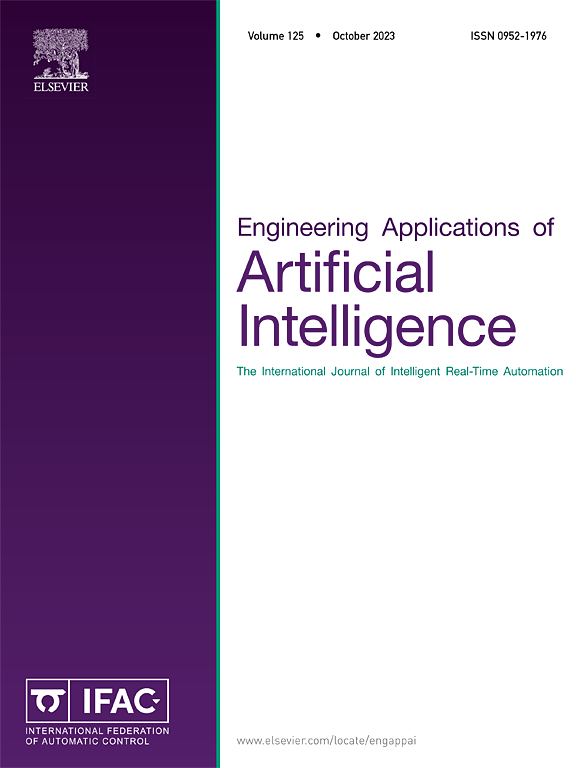Short-term offshore wind speed forecasting approach based on multi-stage decomposition and deep residual network with self-attention
IF 7.5
2区 计算机科学
Q1 AUTOMATION & CONTROL SYSTEMS
Engineering Applications of Artificial Intelligence
Pub Date : 2025-02-19
DOI:10.1016/j.engappai.2025.110313
引用次数: 0
Abstract
Wind energy is one of the widely used renewable energy systems. Wind speed forecasting is used to produce of wind energy and to ensure the sustainability of the power system. However, offshore wind speed forecasting is a challenging task with complex variables and highly nonlinear temporal dynamics of the ocean. This paper proposes a hybrid and robust offshore wind speed forecasting approach based on multi-stage decomposition, deep convolutional neural network (CNN), and extreme learning machine (ELM). Unlike conventional preprocessing for forecasting of renewable energy problems, the proposed approach combines two efficient decomposition methods as complete ensemble empirical mode decomposition with adaptive noise (CEEMDAN) and ensemble empirical mode decomposition (EEMD). This method can decompose high-frequency and low-frequency components of the wind speed. While high-frequency components are decomposed with the EEMD, low-frequency components are directly sent to the ELM model. The obtained mode functions from the EEMD are then fed to the designed network for forecasting. The CNN model is constructed with the deep residual network and self-attention (SA) mechanism to improve the network performance. In the comparative evaluations, while other approaches give lower forecasting performance between 0.8233 and 2.1885 for the root mean square error (RMSE), the proposed method presents the lowest RMSE value as 0.5400. The experimental results show that the proposed method exhibits more accurate and robust forecasting performance compared with other model combinations and deep learning models.
求助全文
约1分钟内获得全文
求助全文
来源期刊

Engineering Applications of Artificial Intelligence
工程技术-工程:电子与电气
CiteScore
9.60
自引率
10.00%
发文量
505
审稿时长
68 days
期刊介绍:
Artificial Intelligence (AI) is pivotal in driving the fourth industrial revolution, witnessing remarkable advancements across various machine learning methodologies. AI techniques have become indispensable tools for practicing engineers, enabling them to tackle previously insurmountable challenges. Engineering Applications of Artificial Intelligence serves as a global platform for the swift dissemination of research elucidating the practical application of AI methods across all engineering disciplines. Submitted papers are expected to present novel aspects of AI utilized in real-world engineering applications, validated using publicly available datasets to ensure the replicability of research outcomes. Join us in exploring the transformative potential of AI in engineering.
 求助内容:
求助内容: 应助结果提醒方式:
应助结果提醒方式:


